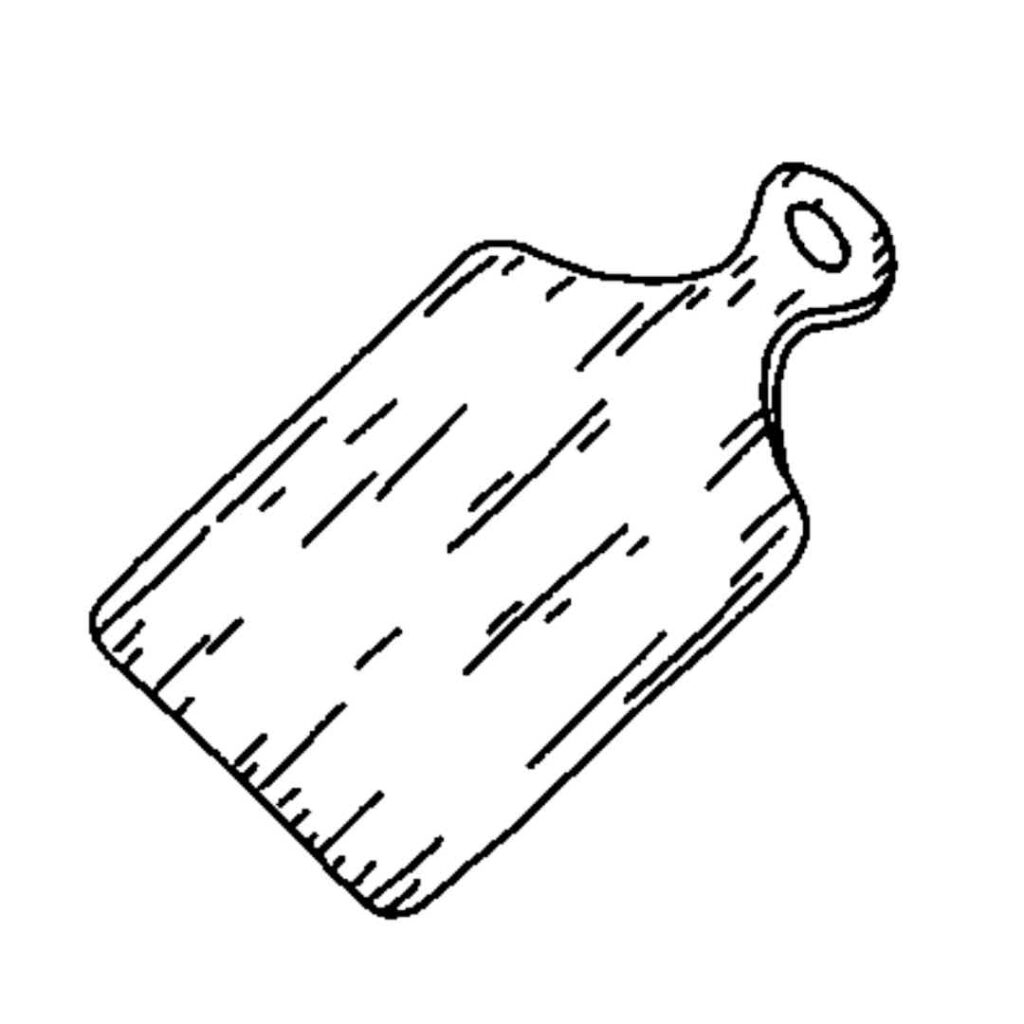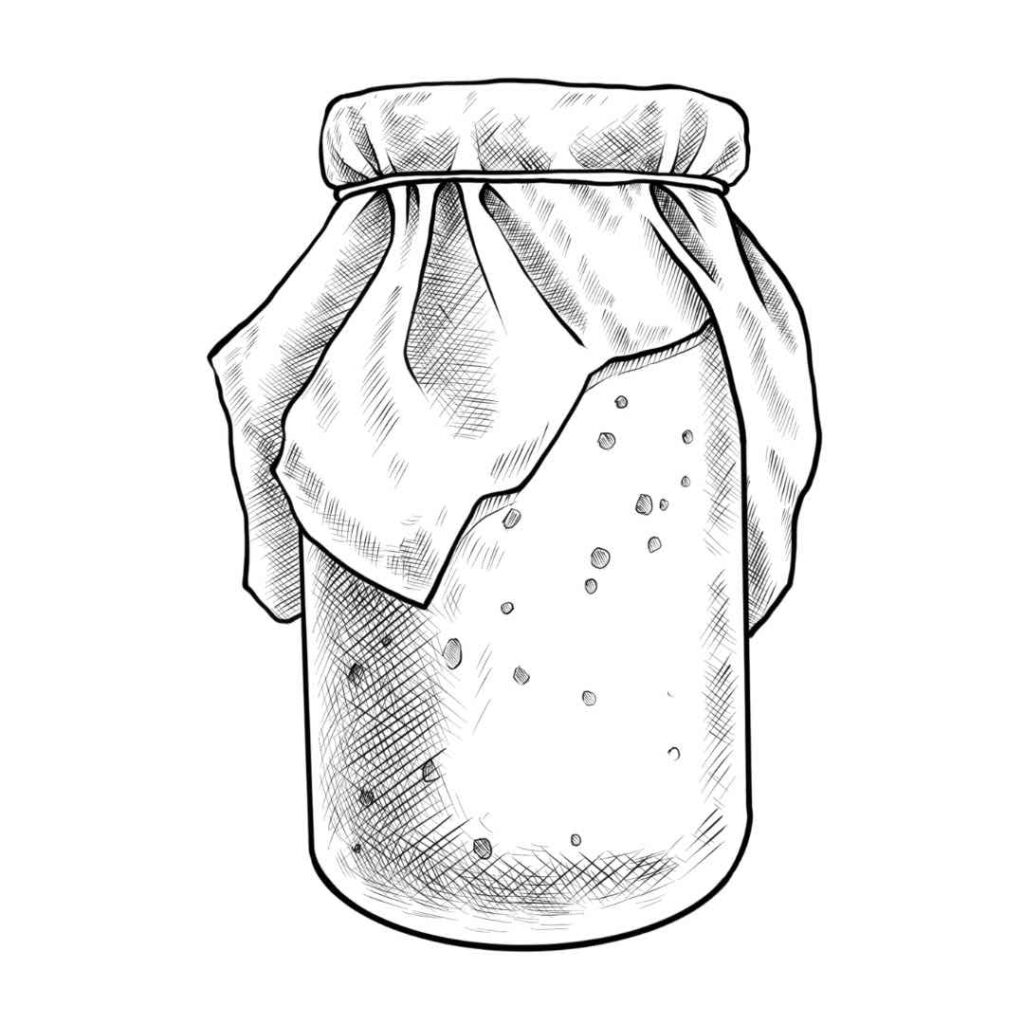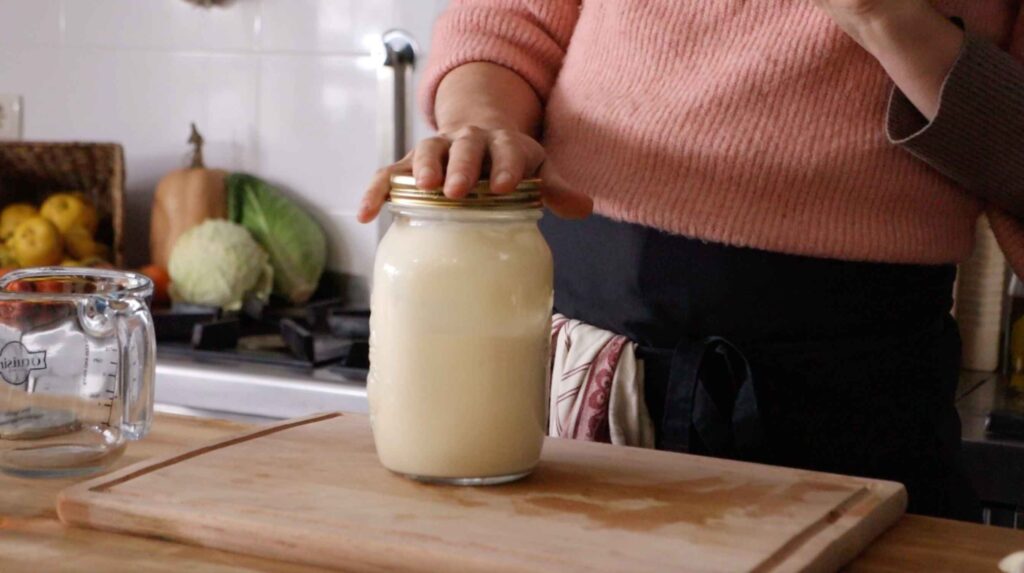Making Old School Sauerkraut Recipe Using Fermentation Pot

This classic sauerkraut recipe uses just bay leaf, clove, and peppercorns for a simple yet flavorful result. Made using the traditional Gartopf method, it’s a time-honored way to enjoy the benefits of lacto-fermentation with minimal ingredients.


























